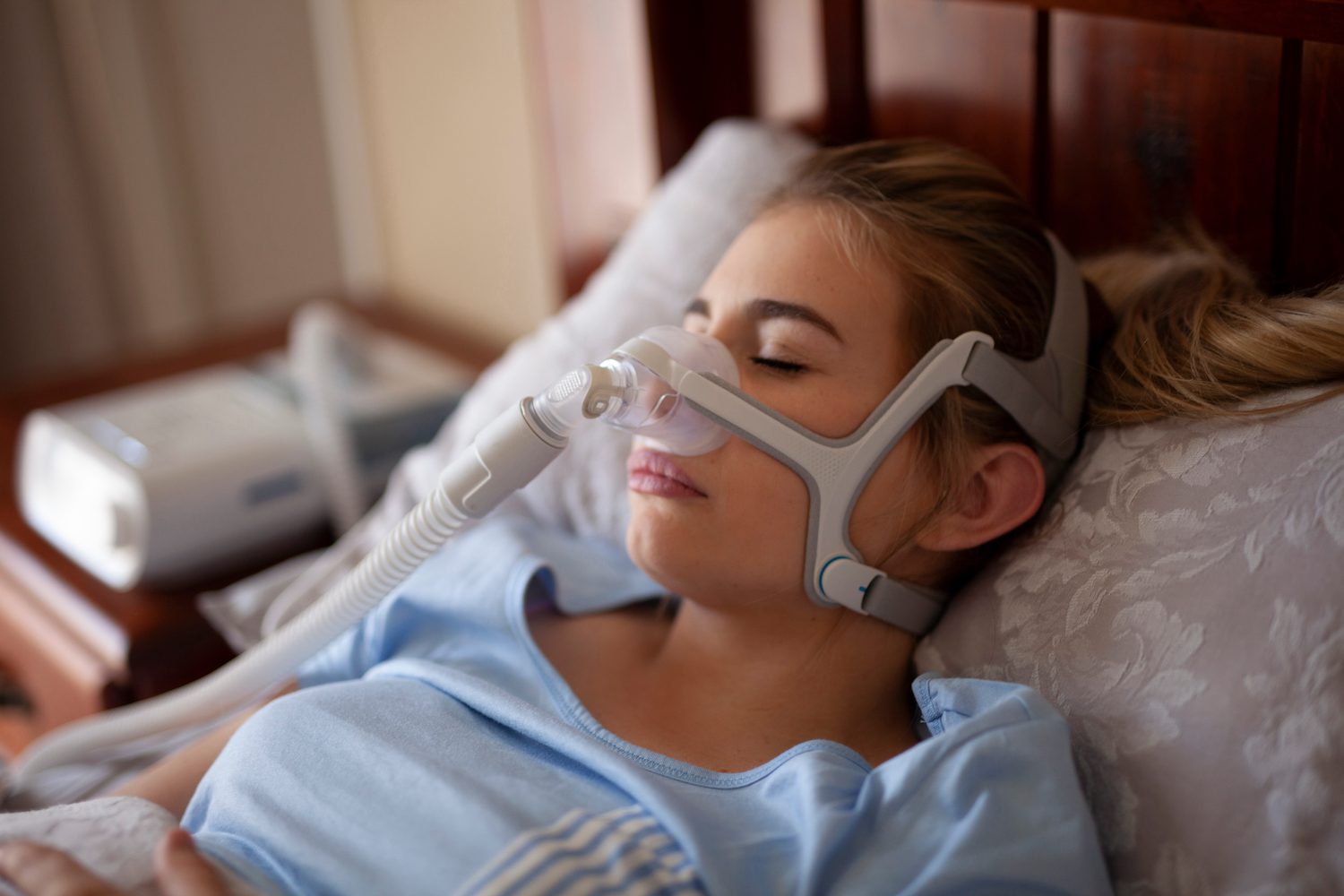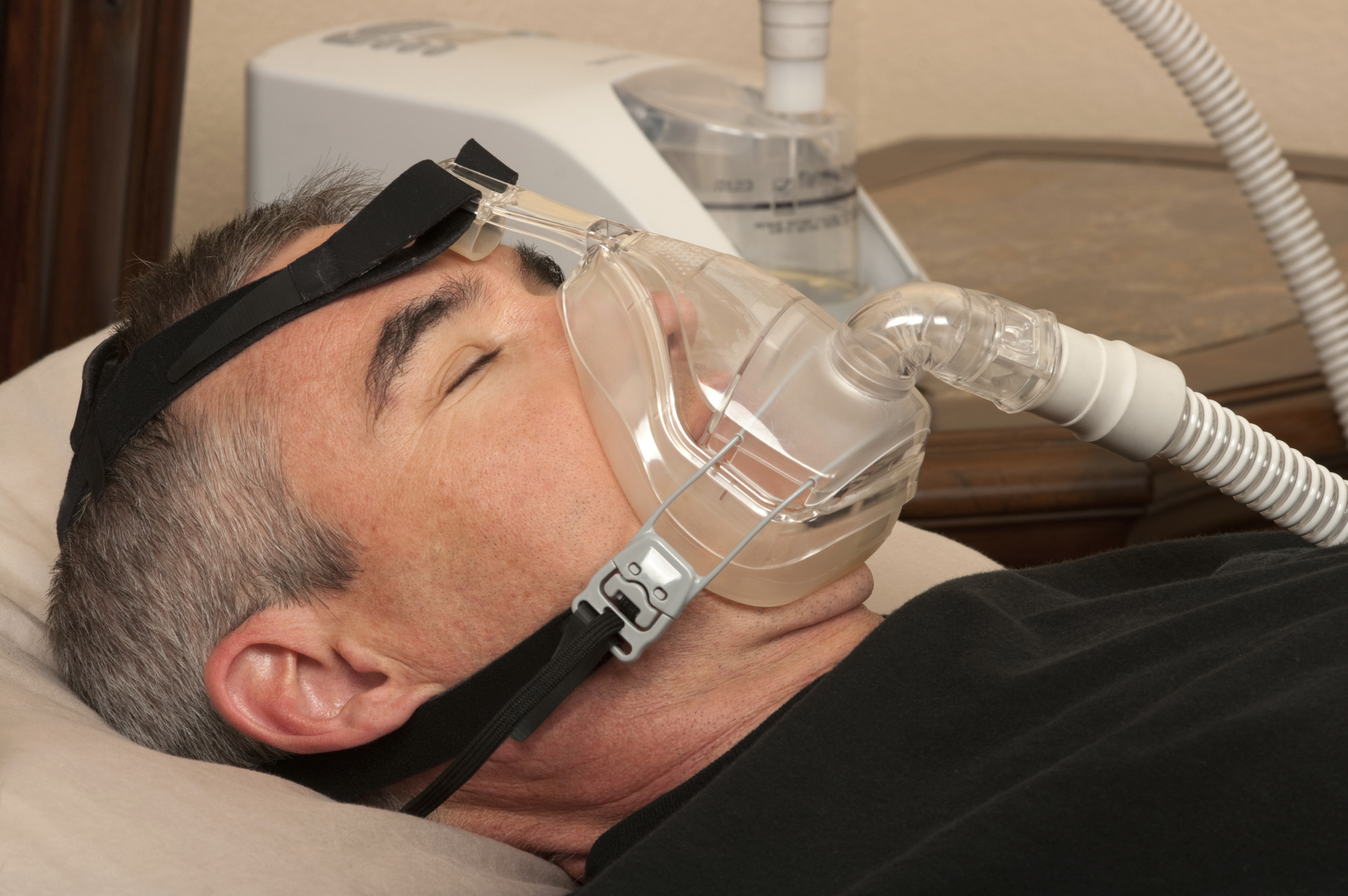Sleep is an essential part of our lives, impacting our physical health, mental well-being, and overall quality of life. For those who use CPAP (Continuous Positive Airway Pressure) machines, creating a sleep sanctuary becomes even more critical. A well-designed nightstand can transform your sleep environment, making it conducive to relaxation and restful slumber. In this article, we’ll explore the key elements to consider when designing your CPAP nightstand and how these elements contribute to a tranquil sleep sanctuary.
The Importance of a Sleep Sanctuary
Before we delve into the specifics of designing a CPAP nightstand, it is essential to understand the concept of a sleep sanctuary. A sleep sanctuary is a designated space that promotes relaxation, comfort, and a peaceful atmosphere conducive to quality sleep. According to the National Sleep Foundation, adults need between 7 to 9 hours of sleep each night for optimal health. Yet, many people struggle to achieve this due to various factors, including stress, environmental distractions, and discomfort. A sleep sanctuary can help mitigate these issues.
Critical Components of Your CPAP Nightstand
Designing a CPAP nightstand involves several components that prioritize functionality, comfort, and serenity. Here are the critical elements to consider:
- CPAP Machine Placement: Ensure your CPAP machine is easily accessible yet secure. The nightstand should accommodate the size of the machine and provide space for tubing and masks.
- Noise Reduction: Opt for a nightstand that minimizes vibrations and sound. Some materials, like solid wood, can absorb sound better than others.
- Lighting: Soft lighting is crucial for creating a calming atmosphere. Consider a bedside lamp with adjustable brightness to suit different needs throughout the night.
- Storage Solutions: Include drawers or compartments to store CPAP supplies, such as masks, filters, and cleaning equipment. This keeps your nightstand organized and clutter-free.
- Comfort Items: Incorporate personal items that promote relaxation, such as essential oils, a calming book, or a journal. These items can help ease the transition into sleep.
Choosing the Right Nightstand

When selecting a nightstand for your sleep sanctuary, consider the following factors:
- Size: The nightstand should fit comfortably next to your bed without overwhelming the space. Measure the area to ensure a proper fit.
- Height: The height of the nightstand should align with your mattress height for easy access to your CPAP machine and other items.
- Material: Choose a material that complements your bedroom decor while providing durability and functionality.
- Style: The nightstand’s design should evoke a sense of calm and relaxation. Look for sleek, minimalist designs that won’t distract from your sleep environment.
Creating a Relaxing Atmosphere

To enhance the calming effect of your CPAP nightstand, consider these additional elements:
Essential Oils and Aromatherapy

Aromatherapy can significantly enhance your sleep quality. Using a diffuser with calming essential oils like lavender, chamomile, or sandalwood can create a soothing atmosphere. According to a study published in the Journal of Clinical Psychology, lavender essential oil has been shown to improve sleep quality and reduce anxiety.
Sound Machines

For those who struggle with ambient noise, a sound machine can be a valuable addition to your nightstand. These devices can produce white noise or nature sounds, helping to drown out disruptive noises. A study from the Journal of the Acoustical Society of America found that white noise can improve sleep quality by masking environmental sounds.
Personal Touches
Incorporating personal items that evoke happy memories or promote relaxation can make your nightstand feel more inviting. Consider adding:
- Photos of loved ones
- A small plant or succulent
- A soothing piece of art or a decorative object
Case Study: Transforming a Sleep Environment

To illustrate the impact of a well-designed CPAP nightstand, consider the case of John, a 54-year-old man diagnosed with sleep apnea. Struggling with inconsistent sleep patterns, John decided to transform his sleep environment. He invested in a compact nightstand that fit seamlessly with his bedroom decor and included the following enhancements:
- A built-in sound machine that played gentle rain sounds
- Storage compartments for his CPAP supplies
- A diffuser with lavender essential oil
After implementing these changes, John reported an improvement in his sleep quality within weeks. He experienced fewer disruptions during the night and felt more rested in the mornings, showcasing the significant impact that a thoughtfully designed nightstand can have on overall sleep quality.
Statistics on Sleep and CPAP Compliance

Understanding the relationship between sleep quality and CPAP compliance can shed light on the importance of a conducive sleep environment. According to the American Academy of Sleep Medicine:
- Approximately 18 million Americans are diagnosed with sleep apnea, with many using CPAP machines.
- Studies indicate that only about 50-70% of CPAP users are compliant, often due to discomfort or poor sleep environments.
- Creating a comfortable and calming sleep environment can enhance compliance, leading to better health outcomes.
Designing a sleep sanctuary centered around your CPAP nightstand is an essential step toward improving your sleep quality and overall well-being. By focusing on functionality, comfort, and relaxation, you can create a space that not only accommodates your CPAP equipment but also promotes a peaceful environment conducive to restful sleep. Incorporating elements such as aromatherapy, sound machines, and personal touches can transform your nightstand into a true sanctuary. As evidenced by case studies and statistics, prioritizing a calming sleep environment can lead to increased CPAP compliance and enhanced health outcomes. Your journey to better sleep starts with a well-designed nightstand—make it a haven for relaxation and rejuvenation.


